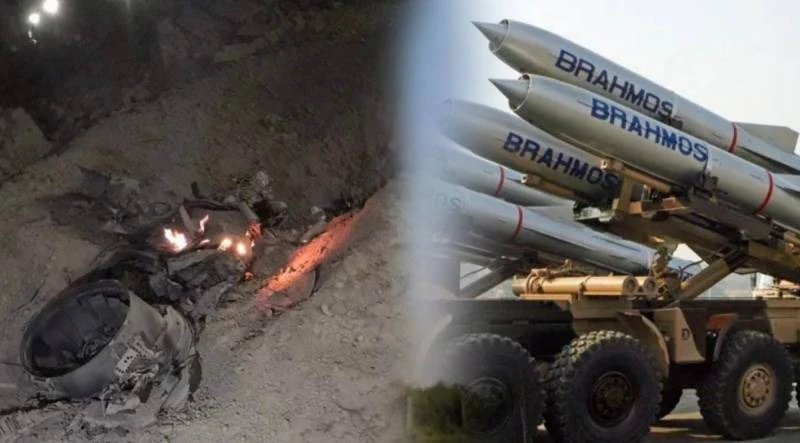Crossing Boundaries and Costs: BrahMos Missile Misfire Leads to Rs 240 Million Loss for India
Introduction
In a setback for India\'s defense program, a recent misfire of the BrahMos missile has resulted in a substantial financial loss of Rs 240 million. The incident highlights the challenges and costs associated with developing and testing advanced missile technology. In this article, we explore the circumstances surrounding the BrahMos missile misfire, its implications for India\'s defense capabilities, and the lessons learned from this unfortunate incident.
The BrahMos Missile Misfire
The BrahMos missile, a joint venture between India and Russia, is renowned for its precision and speed, making it a crucial component of India\'s defense arsenal. However, during a recent test launch, an unexpected misfire occurred, leading to the loss of the missile and causing extensive damage to the test range infrastructure. The misfire not only represents a setback in terms of financial losses but also raises concerns about the reliability and safety of the missile system.
Financial Implications and Costs
The financial impact of the BrahMos missile misfire is significant, with an estimated loss of Rs 240 million. This includes the cost of the missile itself, the damages incurred at the test range, and the expenses associated with investigating the cause of the misfire and implementing corrective measures. Such financial setbacks can strain defense budgets and divert resources that could have been allocated to other critical defense projects.

Implications for India\'s Defense Capabilities
The misfire incident raises questions about the readiness and reliability of India\'s defense capabilities, particularly in the development and testing of advanced missile systems. The BrahMos missile is a crucial component of India\'s defense strategy, and any setbacks in its development and performance can impact the country\'s defense preparedness. It underscores the need for thorough testing procedures, stringent quality control measures, and continuous improvement in missile technology to ensure the highest level of reliability and effectiveness.
Lessons Learned and Future Preparedness
The BrahMos missile misfire serves as a wake-up call for the Indian defense establishment to reassess their testing protocols and safety measures. It highlights the importance of meticulous testing, rigorous quality assurance, and comprehensive risk assessment at every stage of missile development. Additionally, the incident emphasizes the significance of investing in research and development to enhance the safety, reliability, and performance of missile systems.
Collaboration and Transparency
In light of the BrahMos missile misfire, it is crucial for India to foster stronger collaboration and transparency with its international partners, particularly Russia, in jointly addressing the challenges and ensuring the success of collaborative defense projects. Sharing lessons learned, conducting joint investigations, and implementing corrective measures collectively can strengthen the reliability and safety of missile systems while minimizing financial losses.
Conclusion
The BrahMos missile misfire serves as a reminder of the complexities and risks associated with the development and testing of advanced missile technology. The financial loss of Rs 240 million highlights the significant costs involved in such incidents and underscores the need for continuous improvement and investment in defense capabilities. It is imperative for India\'s defense establishment to learn from this setback, strengthen testing protocols, enhance collaboration, and prioritize safety and reliability to maintain a robust defense posture. By incorporating the lessons learned from the BrahMos misfire, India can bolster its defense capabilities and minimize the chances of such incidents in the future.


